In the field of building decoration materials, PP Chinese wall tiles have attracted much attention for their unique modeling expression. Its core secret comes from the deep integration of polypropylene resin raw materials and mold stamping molding technology. How does this molding method make PP Chinese wall tiles show strong potential in modeling?
PP Chinese wall tiles use polypropylene resin as the main raw material, which has good thermoplasticity and fluidity. During the mold stamping molding process, the polypropylene resin raw material is heated to a molten state and injected into the pre-designed mold cavity. The mold uses high-precision processing technology to construct a complex and precise modeling structure. Under high temperature and high pressure environment, the molten polypropylene resin fully fills the mold cavity. After cooling and solidification, it can accurately reproduce the morphological details of the mold, thereby forming various shapes of wall tiles.
Compared with other traditional wall tile materials, the mold stamping molding process of PP Chinese wall tiles has significant advantages. In the molding process of traditional wall tile materials, it is often limited by the characteristics of the material itself and the molding process, and it is difficult to achieve complex modeling. The polypropylene resin raw material of PP Chinese wall tiles has good plasticity in a high-temperature molten state, can fit closely to the inner wall of the mold, and highly restore the details of the mold. Whether it is a line as thin as a hair, a relief pattern with a strong sense of three-dimensionality, or a curved shape or hollow design, PP Chinese wall tiles can transform the design concept into reality through the mold stamping process.
In practical applications, this powerful modeling ability of PP Chinese wall tiles brings more possibilities for space decoration. In interior decoration scenes, designers can design unique shapes for PP Chinese wall tiles according to different style requirements. For example, in order to create a new Chinese style space, wall tiles with traditional patterns such as Huiwen and Yunwen can be made through the mold stamping process, and Chinese elements can be cleverly integrated into the modern space; if an industrial style space is created, a wall tile shape with a rough texture can be designed to show a unique industrial aesthetics. In outdoor decoration and courtyard scenes, the modeling advantages of PP Chinese wall tiles are also obvious. It can create shapes that are in harmony with the natural environment, such as imitation stone textures, imitation wood grains, etc., so that the building and the natural landscape can be better integrated.
In addition, the mold stamping process of PP Chinese wall tiles also has high production flexibility. Designers can quickly adjust the mold design according to project requirements to achieve diversified production of wall tile shapes. Whether it is small batch customization or large-scale production, this process can ensure the stability of product quality and the accuracy of shape. This flexibility enables PP Chinese wall tiles to better meet the personalized needs of different customers and occupy a unique competitive advantage in the architectural decoration market.









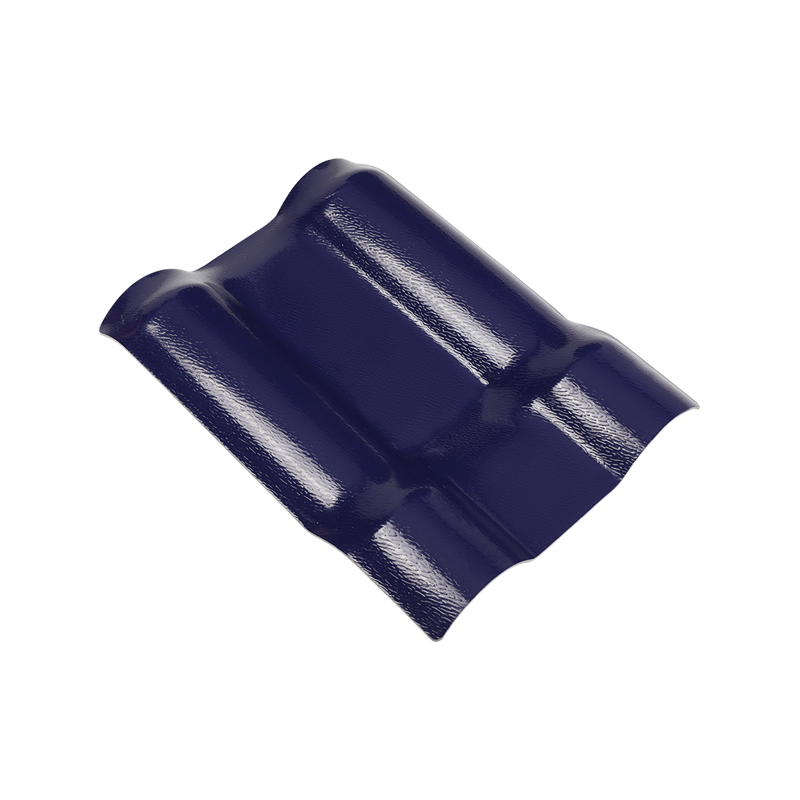
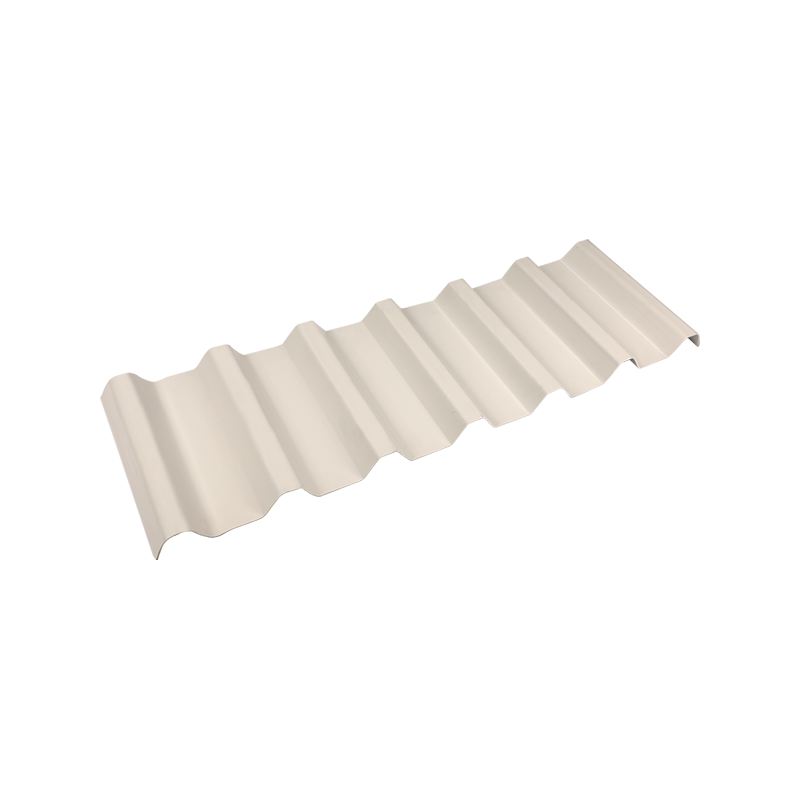
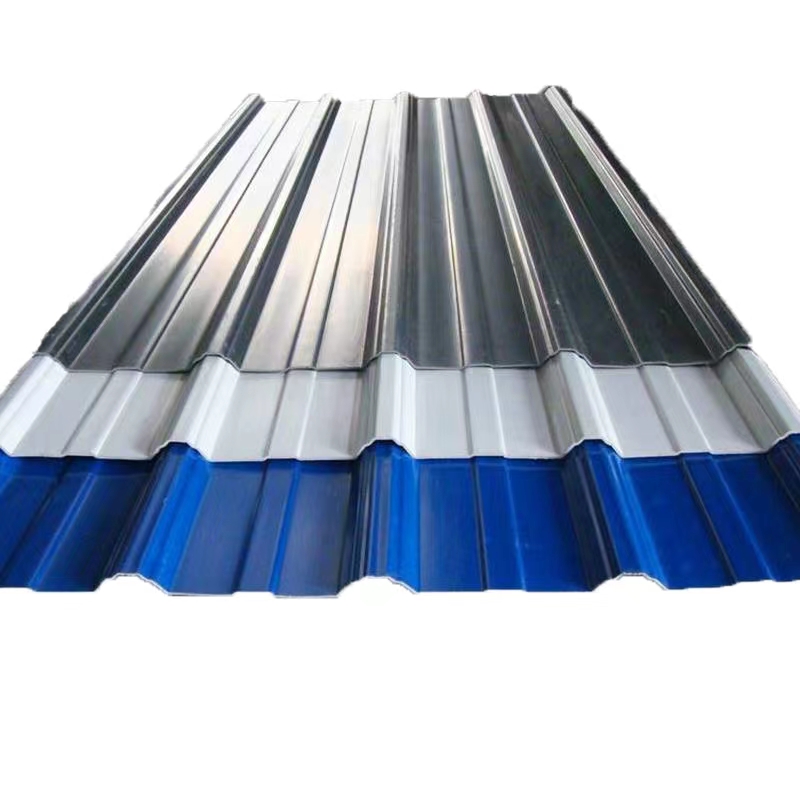
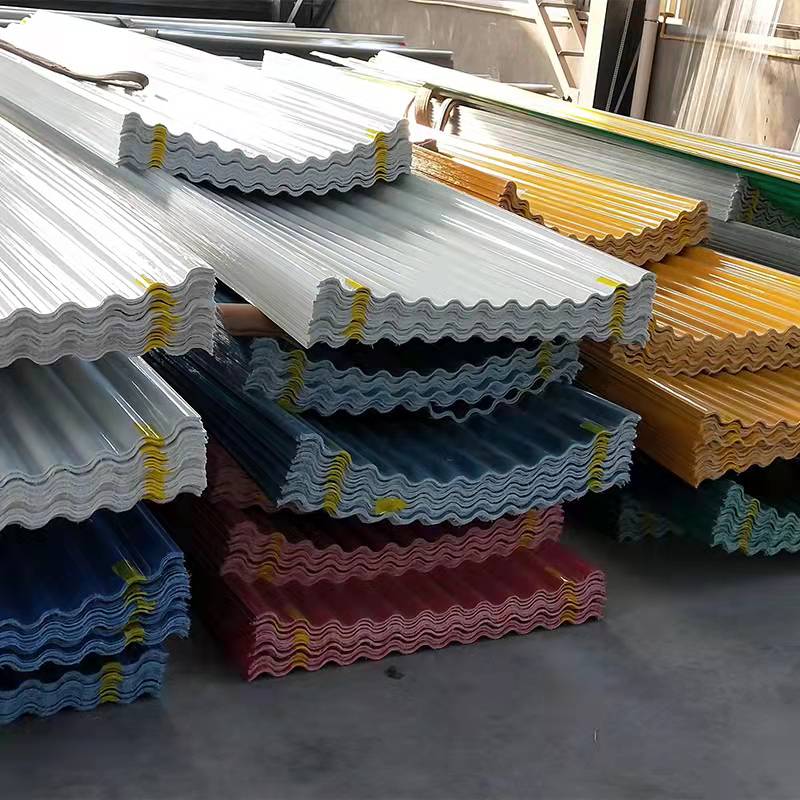
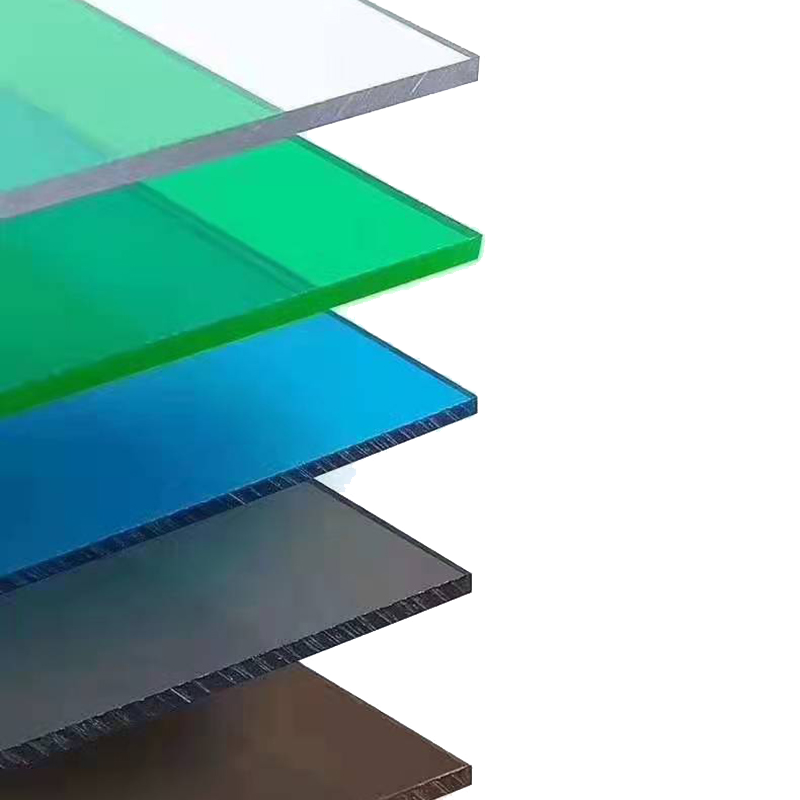
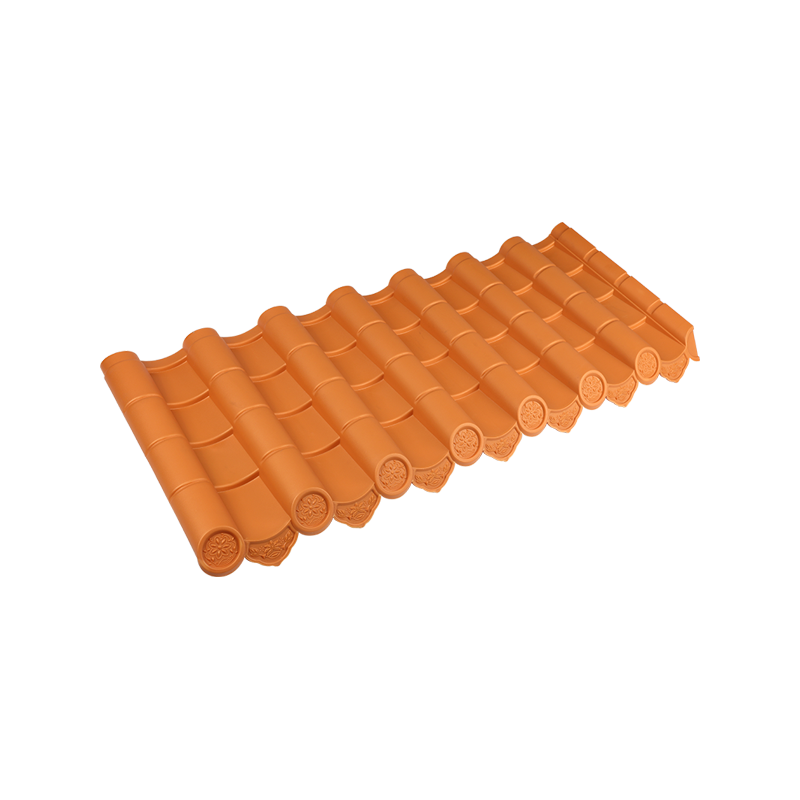
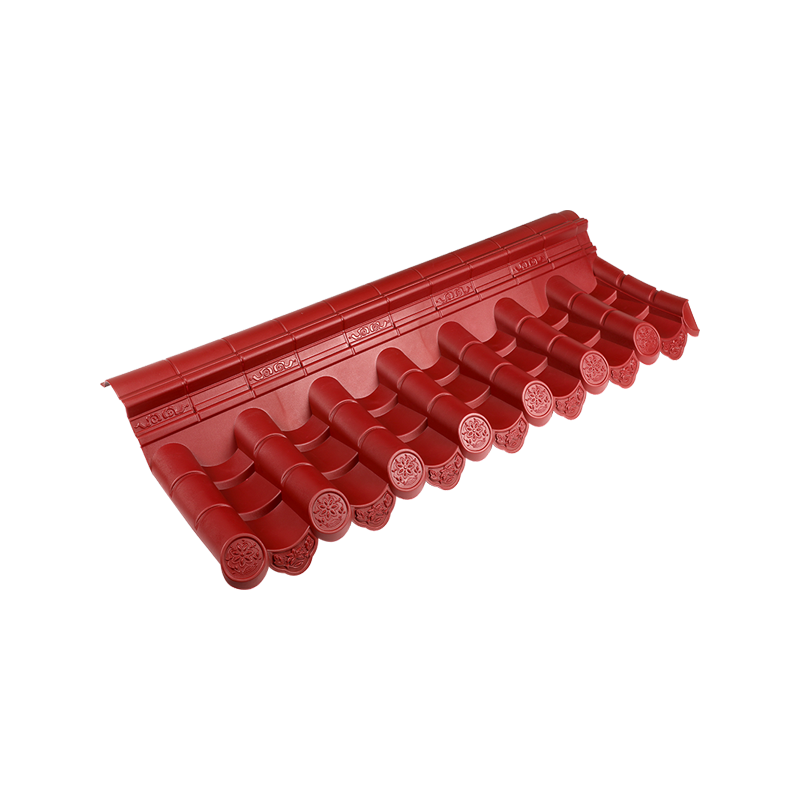


 Email:
Email: Phone:
Phone: Adress:
Adress: